Creative influences from her childhood – mainly from traditional Chinese paintings and working with textiles to make clothes for her dolls – and critical thinking from her art education come together in Vikki Zhang’s beautiful, ornate artworks.
New York-based independent illustrator, Vikki was born in China in 1994. She came to New York to pursue her MFA in Illustration as Visual Essay at the School of Visual Arts (2016-2018). Her BFA was in Digital Game Design at the Communication University of China (2012- 2016).
We had a conversation with Vikki about her life and work through an email. Edited excerpts.

While I prefer a private space to work, my artist friends are very important to me. We meet often and talk about recent experiences and art projects. I cherish the conversations with my peers, especially during these days when I am staying home with my family.
Could you tell us a bit about your childhood?
I was quite fond of drawing as a kid, so my parents sent me to study traditional Chinese painting. My family is like any regular family. My parents did not have an art background, but fortunately, they really encouraged me to go after what I liked.
Since your great grandmother was a tailor, what were your experiences with textile when you were growing up? And when did you start incorporating that in your work?
She is not a professional tailor but pursued this as a hobby. I remember on her 80th birthday, when I was about nine years old, she and all the kids wore these brand new cheongsams that she made by hand with textile that had mascots like dragon, phoenix, cranes – meaning longevity and good fortunate. It was an unforgettable experience for me to see the whole process, from shopping in the fabric mart to sketching and sewing. I helped her thread the needles, align patterns, weave buttons etc. Ever since then, I was fascinated by this craft and anything related to it.
What are some other specific influences from your childhood/growing up days that you bring to your work?
I owned many dolls when I was a kid. One of my favourite dolls was given by my mother’s friend. It came with about ten extra dresses, and each dress was completely different in terms of style, cut and textile. I copied the structures of those dresses and made new ones for my other dolls using the leftover fabrics I had collected from the neighbourhood tailors.
Another toy I was obsessed with was a DIY paper bungalow. I spent an entire summer cutting and gluing everything to create furniture for its numerous rooms. What I create now is greatly influenced by my experience with toys as a kid.
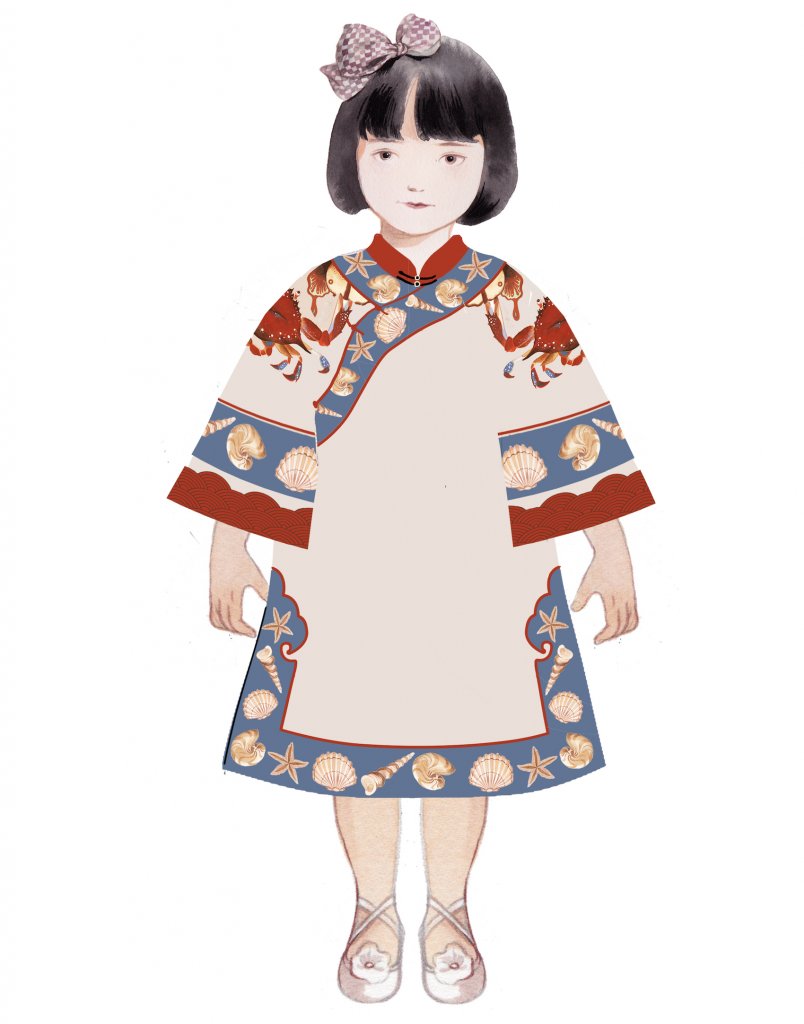
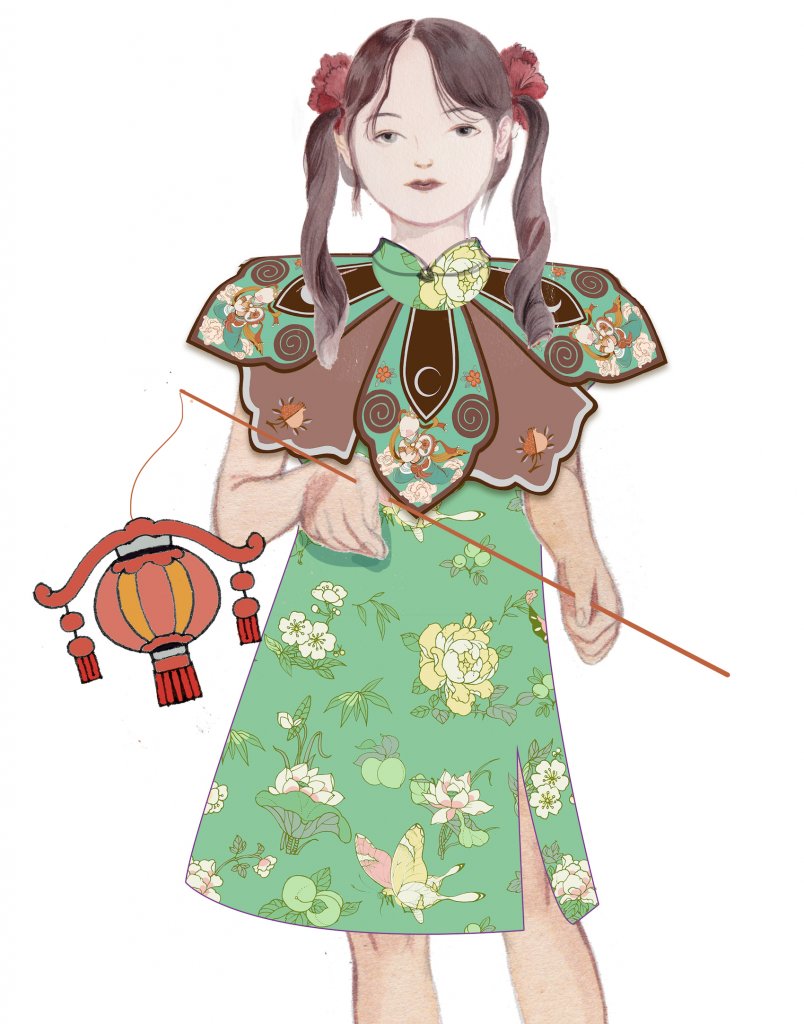
How was your experience at School of Visual Arts in New York?
The two years I spent doing my MFA Illustration as Visual Essay taught me about what’s truly original and creative work and what a real artist’s life is like. I learnt about how to initiate a project, about critical thinking, and about being faithful to my own feelings.
Everyone around me worked really hard and I had no choice but to catch up to them. I became psychologically stronger and more persistent in pursuing fulfilment as an artist. I also met some of the best professors there. I really miss the conversations we used to have around the community kitchen table.
How was the move to New York initially? Now that you have been here for a few years, what are the things about New York that inspire you and things that you don’t like?
I moved to New York for school after graduating from BFA. This city is both strange and familiar to me. Although I had never been here before, it frequently appeared in the movies and TV shows I watched (especially in my favourite show ‘Friends’), in the works or lives of the artists I admired, in fiction books, in fashion photography, etc.
For example, I went to this place in New York and realised that artist Yayoi Kusama had been there once too when she was my age. Recalling what she thought and wrote about while she was there gave me a different understanding of the place. Moments like these make this city a really charming place.
I also like the convenience it provides to reach out to top publishing houses, best art fairs, and art galleries. But I would love it more if it got cleaner!
Could you describe your process of working?
I always keep an iPad and iPencil with me wherever I go. It helps me record my ideas quickly. And when I find an idea that excites me enough, I refine it further into a detailed sketch. Then I print it out and copy it to a watercolour or Bristol paper if I am going to colour it digitally.
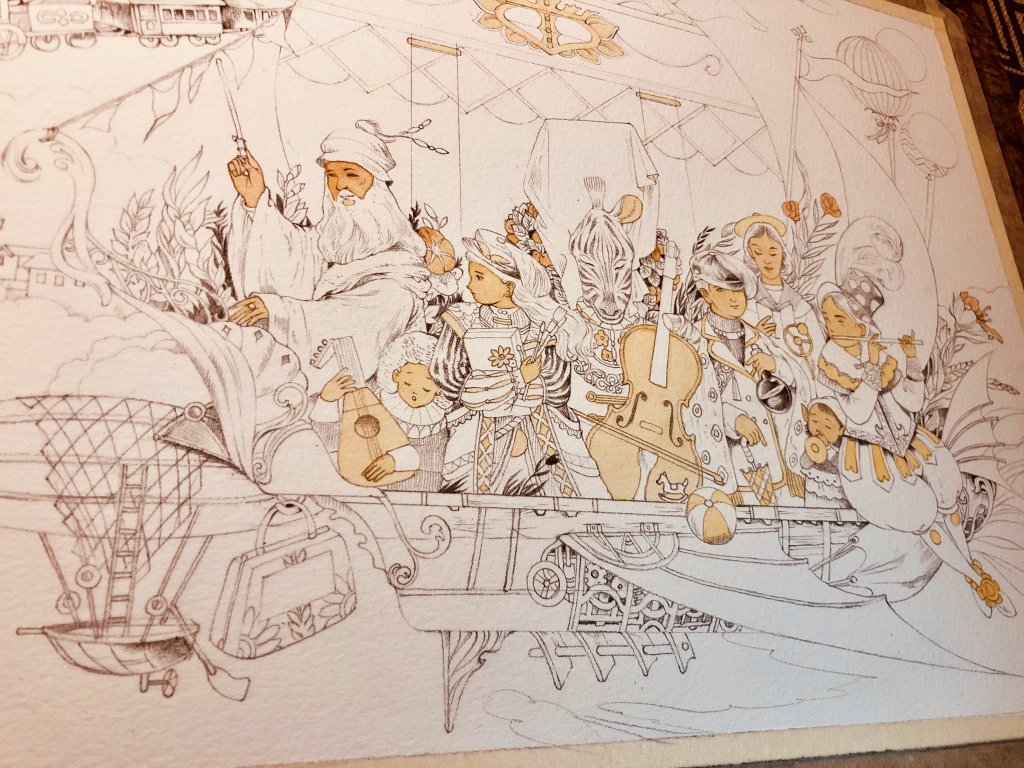
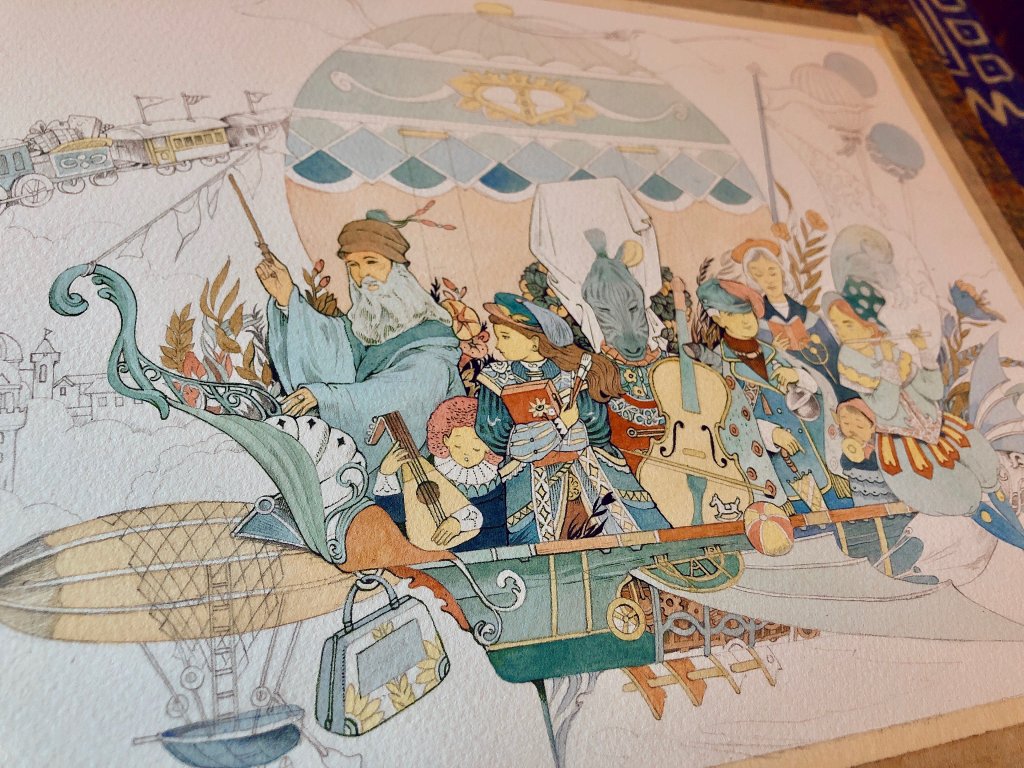
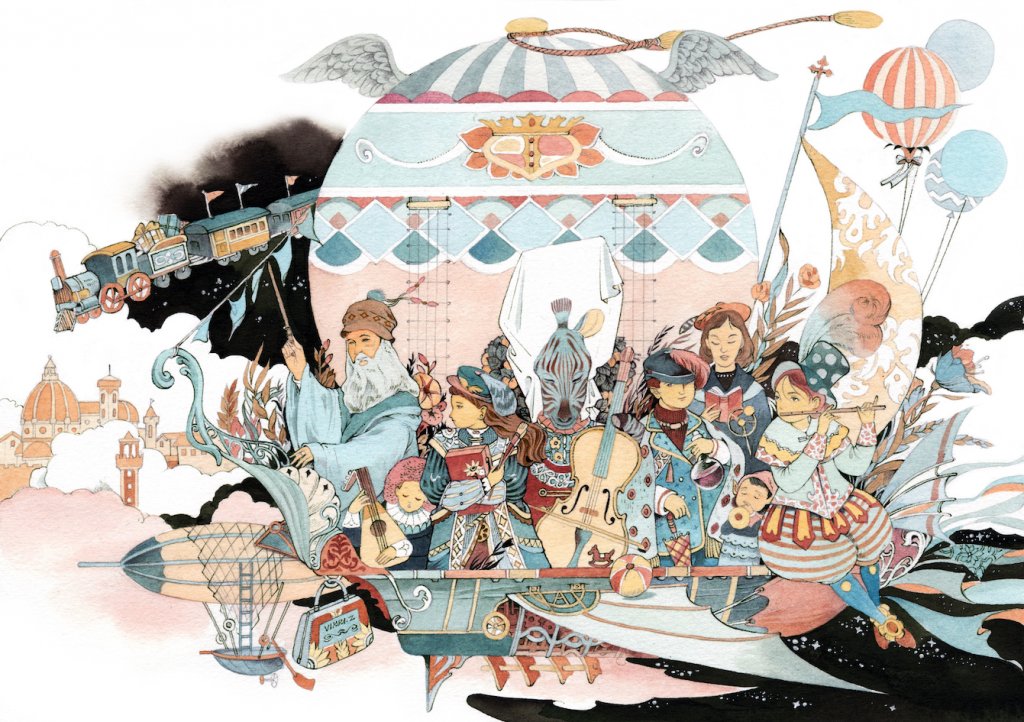
I think for people who are in creative jobs, having self-doubt never stops. I constantly ask myself what I like or dislike and why. It’s important for me to put all my efforts into each artwork, and leave absolutely no scope for any regret.
Where do you work out of? Could you tell us a bit about your workspace and your daily routine?
I often work from home, but sometimes also from coffee shops and libraries. My workspace is a regular size drafting table as the scale of my work is not that large. My daily routine involves getting up at 7 am, followed by a workout for around 45 minutes and then breakfast. I usually work until 10:00 at night, and then do some reading before sleeping at around 11:30 pm.
How do you deal with showcasing your work on social media?
Social media used to feel like a big burden to me in the beginning since I am not really into it. But I think it is necessary to show your work online, especially for me since half of my work so far has come through social media. I just treat updating my social media and my website regularly as part of my job now.
The main advantage is that it could bring you new friends, a community, and news about the industry. The disadvantage is that it can challenge your initial belief of who you are. The trick is to continue being who you are.
What attracts you towards working on books? Which one is your favourite book project?
My passion for each book project comes from the idea of building an imaginary world. This idea might have originated from my BFA study background – digital game design. How to immerse the readers deeply into this dream world with illustrations and literary description is a teamwork. I always have difficulty in deciding what to draw and what to leave for the reader’s imagination.
My favourite published project is a map drawing I recently did for a middle grade novel, with Lee & Low publishing house, which will get released this year.
Do you enjoy working independently? And do you get to interact with other illustrators/artists much?
Yes to both. While I prefer a private space to work, my artist friends are very important to me. We meet often and talk about recent experiences and art projects. I cherish the conversations with my peers, especially during these days when I am staying home with my family.
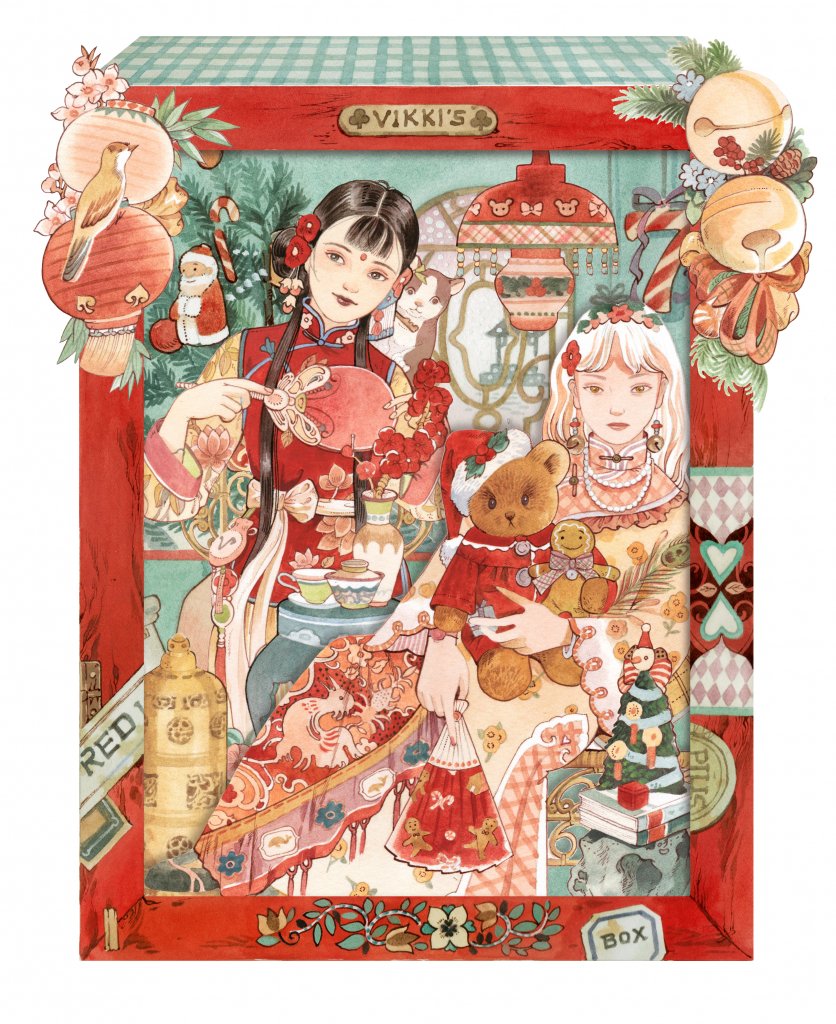
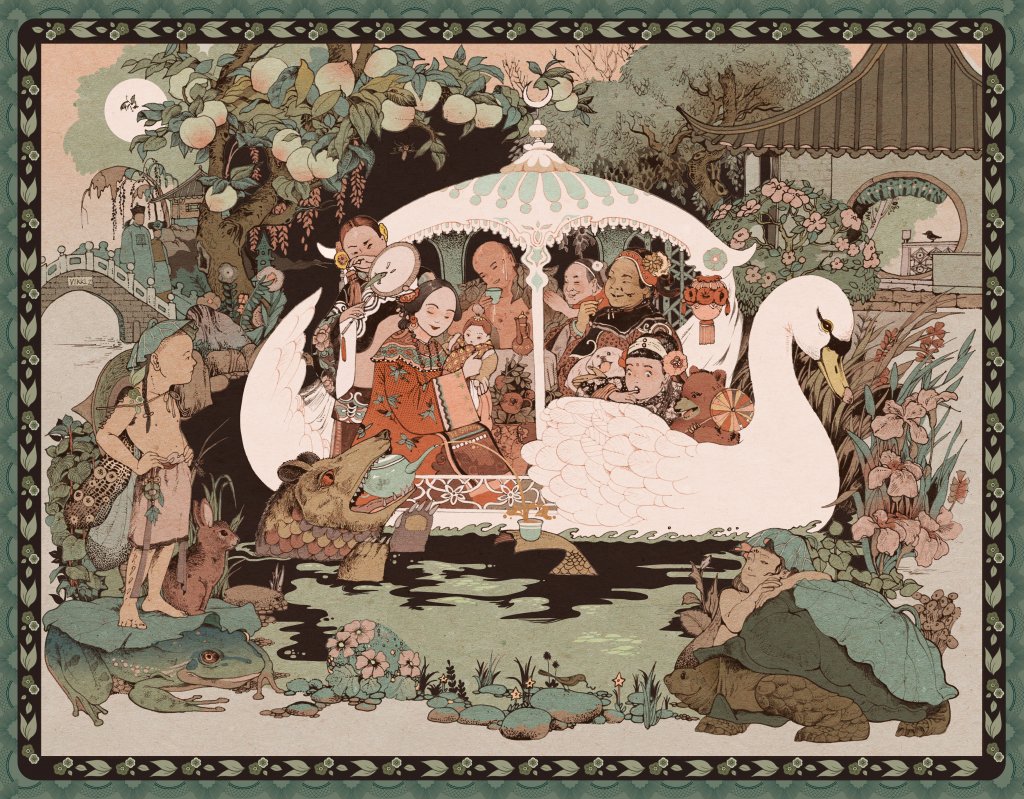
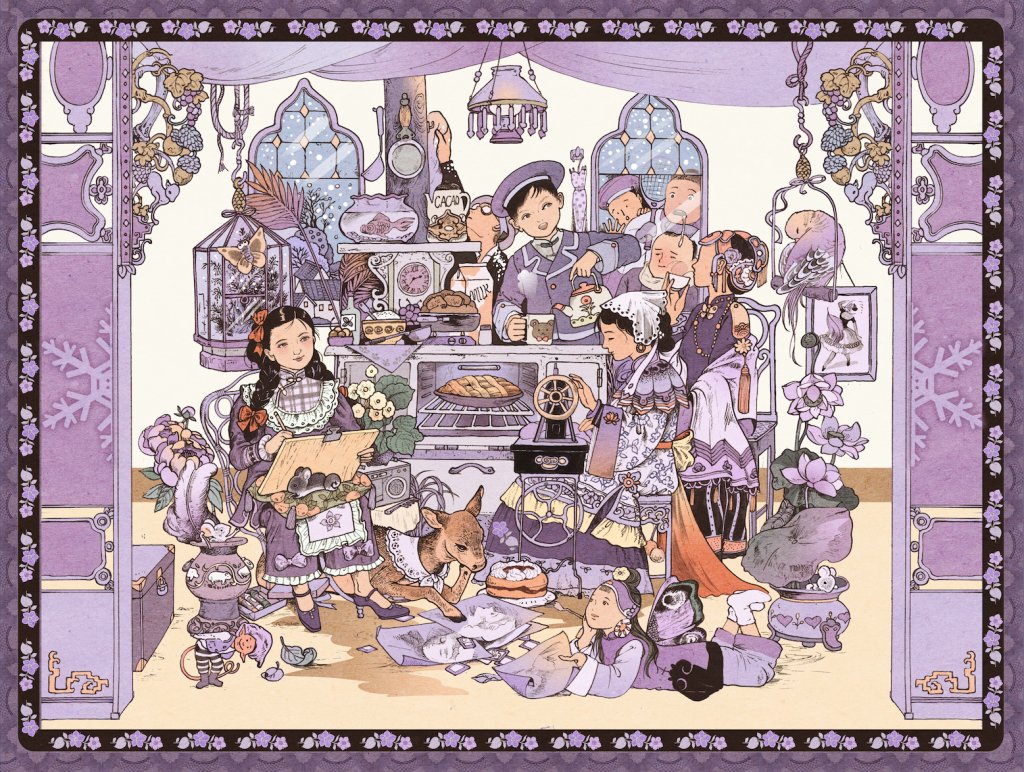
What’s the best and worst advice you have got so far?
Best: “If you think you have to do something, don’t do it. Only if you want to do something, then do it.” – Jillian Tamaki.
Worst: If you don’t do/have….at (a certain age) you will (get terrible results)!
Do you usually experience self-doubt? How do you deal with it? And who do you rely on for feedback on your work?
I think for people who are in creative jobs, having self-doubt never stops. I constantly ask myself what I like or dislike and why. It’s important for me to put all my efforts into each artwork and leave absolutely no scope for any regret.
As a commercial artist, I need to create a balance between the client’s needs and my artistic considerations. Their feedback helps me understand what role my work could play in their business.
What do you usually do when you need to take your mind off work?
Doing workouts, browsing art books, watching movies, and meeting friends usually help me take my mind off work.
What’s the biggest risk you have taken so far?
Doing what I really like, regardless of what the market trend or popular taste is. And I believe that honesty in one’s work works the best.
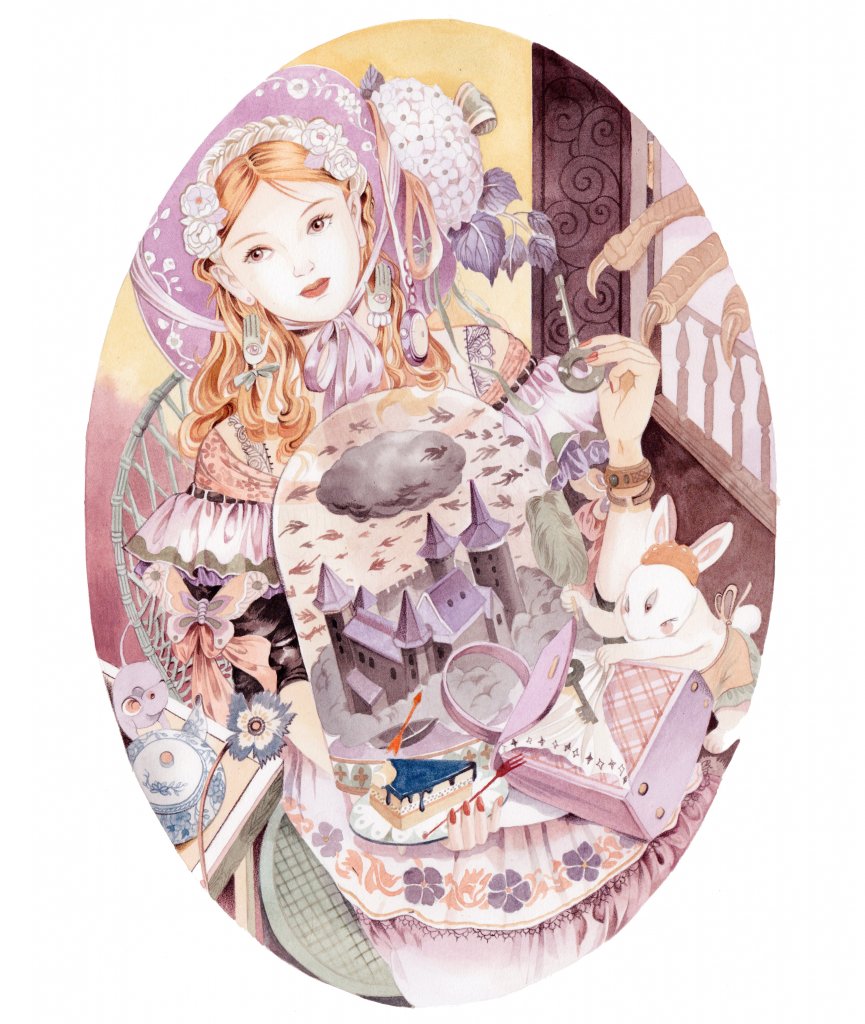
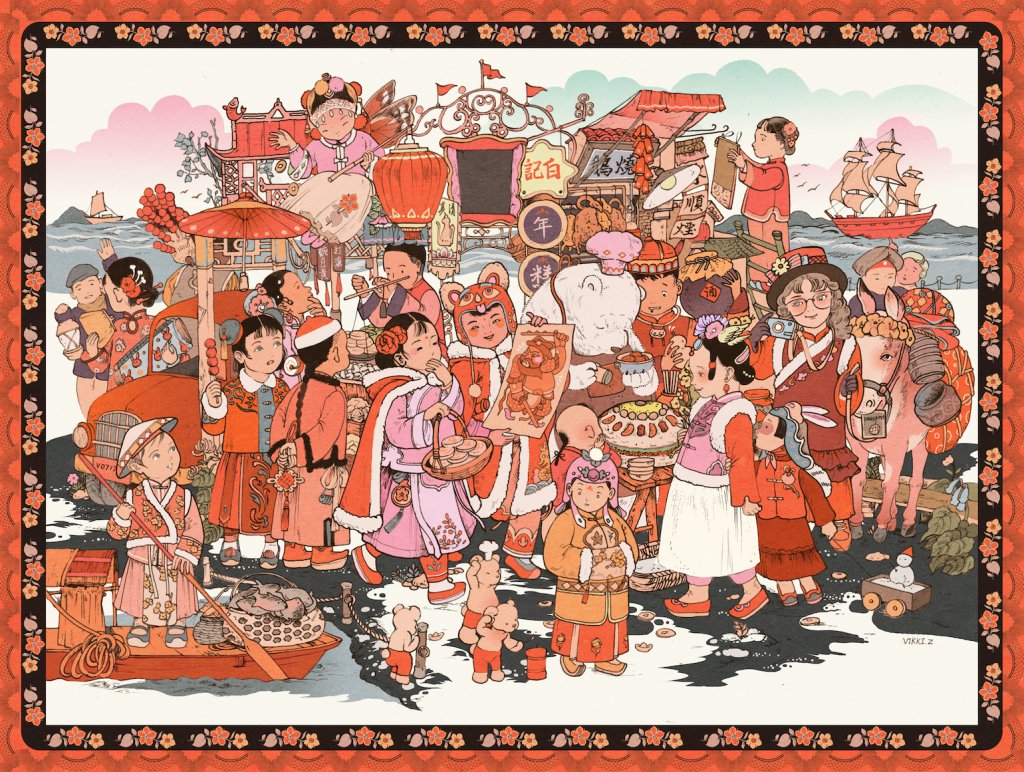
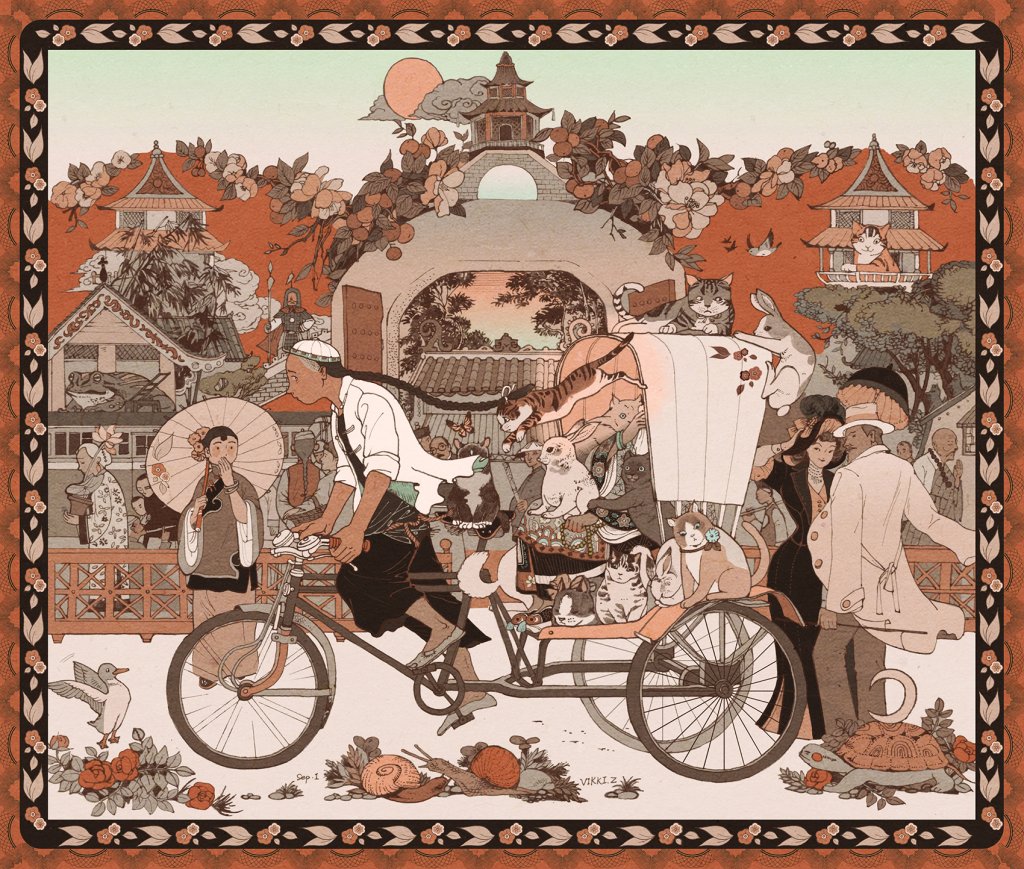
Vikki’s photograph is provided by her. ©
